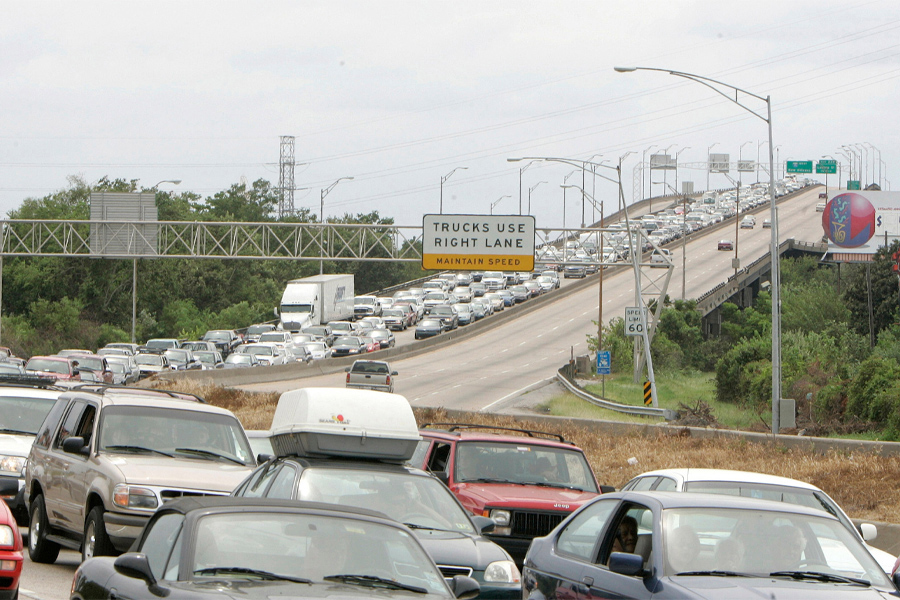
For many people, choosing whether to evacuate in the face of an incoming hurricane or other natural disaster is not an easy decision.
Hurricanes threaten people and property, but evacuation also carries risks and costs, especially if a would-be evacuee has difficulty moving or caring for themselves without help.
Engineers with the Resilient Infrastructure and Disaster Response (RIDER) Center at the FAMU-FSU College of Engineering research how communities can better cope with disasters, including the best ways to prepare for evacuations.
Florida State University Associate Professor and RIDER Director Eren Ozguven is available to comment on how engineering and infrastructure help people evacuate safely and how communities can develop plans and policies to deal with natural disasters.
For media interviews, Ozguven can be reached at (850) 410-6146 or eozguven@eng.famu.fsu.edu.
Q&A with RIDER Director Eren Ozguven:
Your research focuses on emergency evacuations. What are the most challenging parts of evacuations, and how do engineers help handle those challenges?
“One thing that gives us the ability to do a better job is to be able to educate people. For example, people sometimes don’t know if their house is strong enough to survive a hurricane, so they evacuate. They may not be in a mandatory or even a voluntary evacuation zone, but they still evacuate. That contributes to gridlock and makes evacuating harder and more dangerous for everyone. Giving people good information lets them know if they need to evacuate, which has its own costs and dangers.
That’s why something like broadband internet access is important, because it helps give people accurate, timely information. But that’s just one piece of the puzzle. The value of infrastructure really comes from the ways it works together to help society function. When we think of infrastructure together — not only roadways or the power grid or broadband — but all of it together, I think we’ll have a better chance of solving problems.”
What challenges do you foresee regarding infrastructure and evacuations 10 or 20 years in the future?
“We are prone to compounded disasters. For example, we experienced a pandemic, and at the same time, we had a hurricane season. When that happened, the whole shelter management system changed. Congregate sheltering, which is regular sheltering of people together, needed to be adapted for COVID-19 and sometimes changed to non-congregate sheltering, such as hotels.
We are going to be prone to more disasters like this, especially considering the effects of climate change. We might have consecutive disasters. We might have a wildfire and then a hurricane, or two hurricanes in succession. We need to be ready. That’s the key. We need to update plans and policies that will come with these compounding impacts.
We also need to understand the divides in our communities, whether those are differences in the ability to use technology or the differences in resilience to deal with disasters. Resilience in urban areas is usually driven by economic capital. In rural areas, resilience is usually more driven by community capital, such as close personal ties, trust and communications accessibility. If you have a trusted member of the community connecting to people, they will react, but if someone else were to go there, they may not.
We need to develop plans and policies to incorporate everyone. Our plans should be more capable of dealing with uncertainties, because we will have more of them in the future.”




